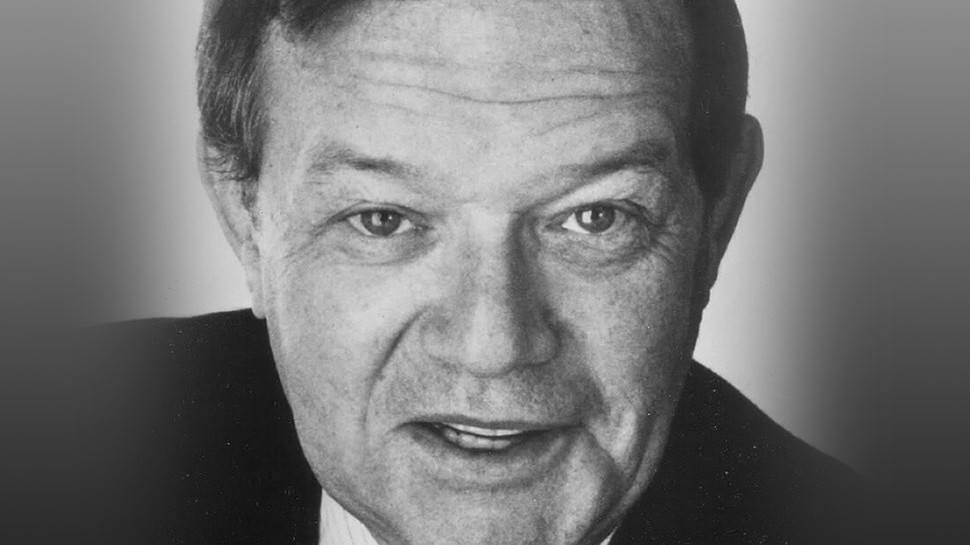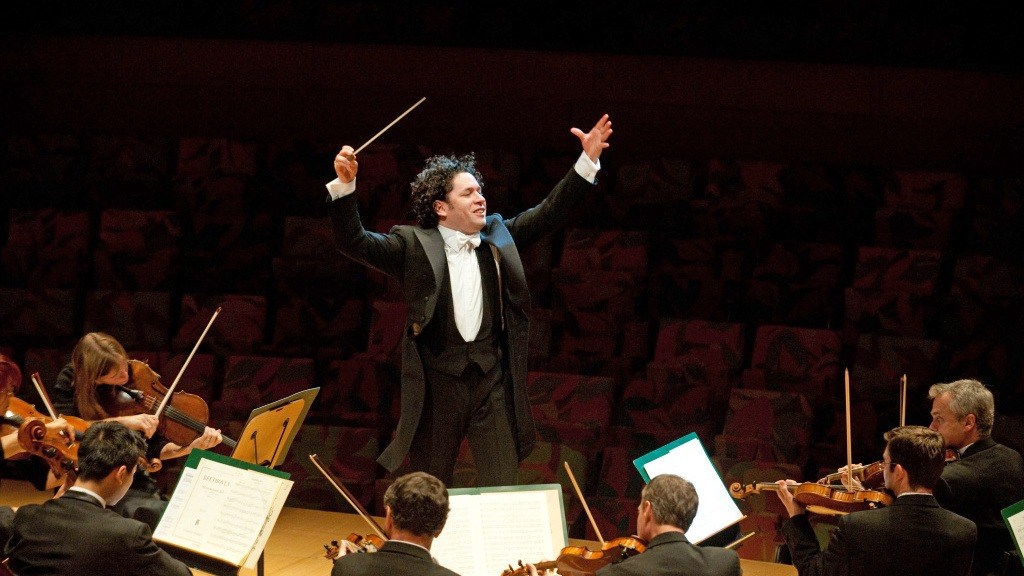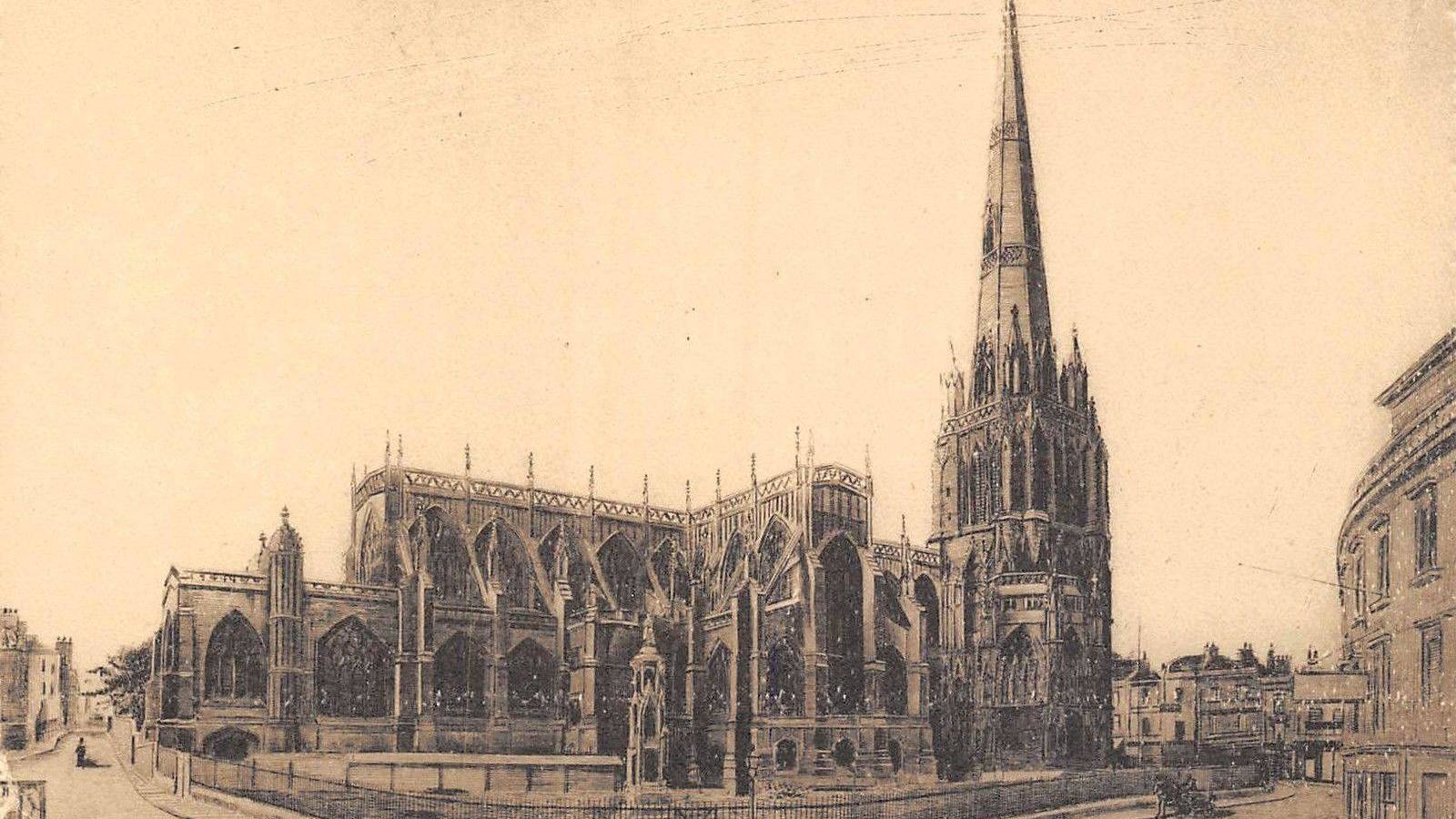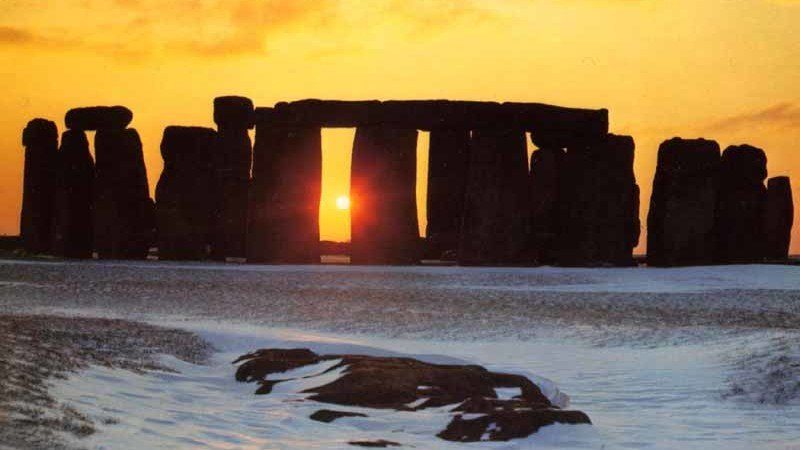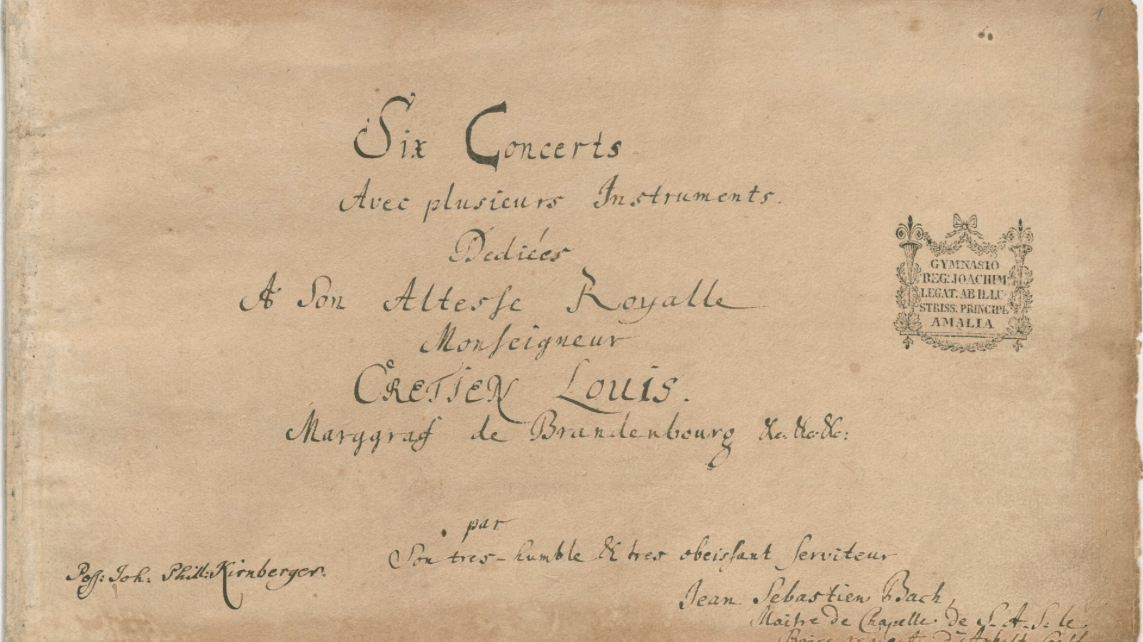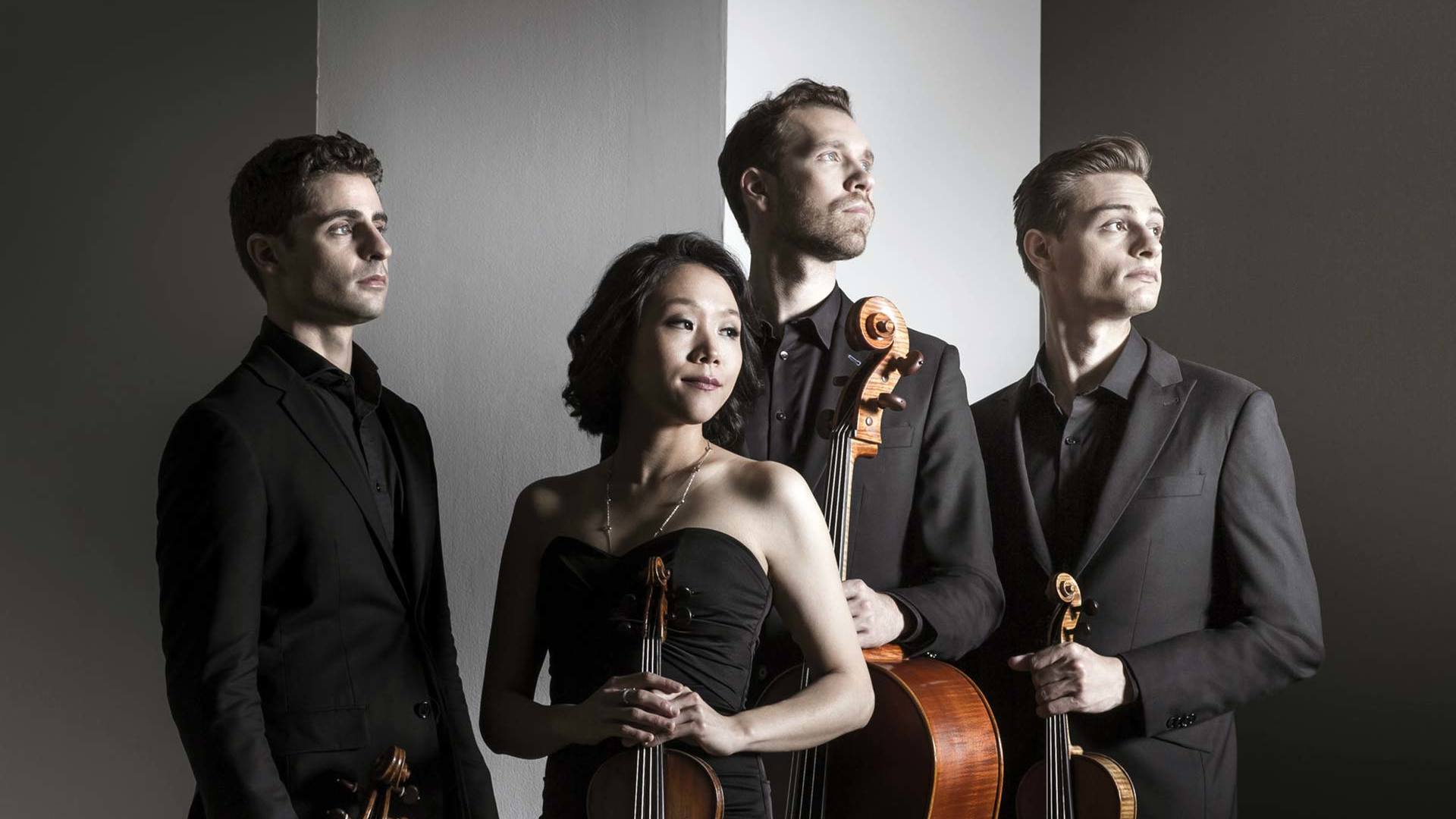Five Great Songs by Jule Styne
A Happy New Year to all the loyal readers and subscribers of The Listeners’ Club! As 2018 draws to a close, I want to thank you for returning to this blog three times a week throughout the year, contributing to the discussion with your comments, and sharing posts with your friends. Here’s to a music-filled 2019! Today marks the 113th anniversary of the birth of the great American songwriter, Jule Styne (1905-1994). Born in London, …

